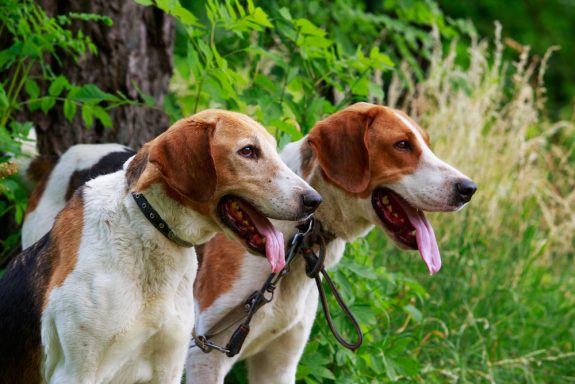
Being a royal isn’t always what it’s cracked up to be. Anna of Russia had just married Frederick William, ruler of the Baltic seacoast duchy of Courland, when according to legend, he took part in a drinking game with her uncle, Peter the Great, the day before he and his bride were to travel to Courland, Frederick’s homeland.
Mind you, the 18-year-old had already been drinking for nearly two months straight as he and Anna had attended one lavish party after another. The day after the Frederick and Peter had their game (we doubt it was beer pong), Frederick William died en route having gone only 26 miles from St. Petersburg. Most everyone believed that Frederick had died of alcohol poisoning. Anna continued her journey to Courland and ruled that province for almost twenty years, and when Peter the Great died, the ruling body in Russia offered Anna the Russian throne.
Much of Anna’s reign was defined by what Peter the Great had already done. He’d built lavish buildings in St. Petersburg, funded the Russian Academy of Science, and in general, had initiated a wide range of economic, social, political, administrative, educational and military reforms. Anna continued many of the initiatives started by her uncle, but her reign was often referred to as a dark era in Russian history because of her personal flaws (she was described as coarse and grim), and the excessive foreign influence she allowed in her government.
It was during Empress Anna’s time that English Foxhounds were introduced to Russia, and by the later part of the 19th century, the dogs had “consorted” with Russian Hounds to where offspring were their own breed. They were called Anglo-Russian Hounds, and as good as English Foxhounds were at tracking quarry until sighted, Anglo-Russian Hounds were outstanding for the “red chase,” the traditional term for hunting “red game” such as fox or wolf.
Selective breeding wasn’t pursued until the 1900s, and the first breed standard wasn’t published until 1925. The breed’s name changed in 1951 when it was accepted as a separate breed, and at that point, it became known as the Russian Harlequin Hound.
The Russian Harlequin Hound is rarely found outside of Russia, and while breeders are still working to improve the type and uniformity of the breed, Harlequins seen at Russian dog shows are considered equal in quality to the best Russian Hounds (another breed). These two are considered to be the most popular scent hounds to originate from Russia. Interestingly, the Russian Harlequin Hound was used by William Dunker when he developed his namesake hound, the Dunker (aka the Norwegian Hound).
Image: Harlequin Hounds/DepositPhotos
